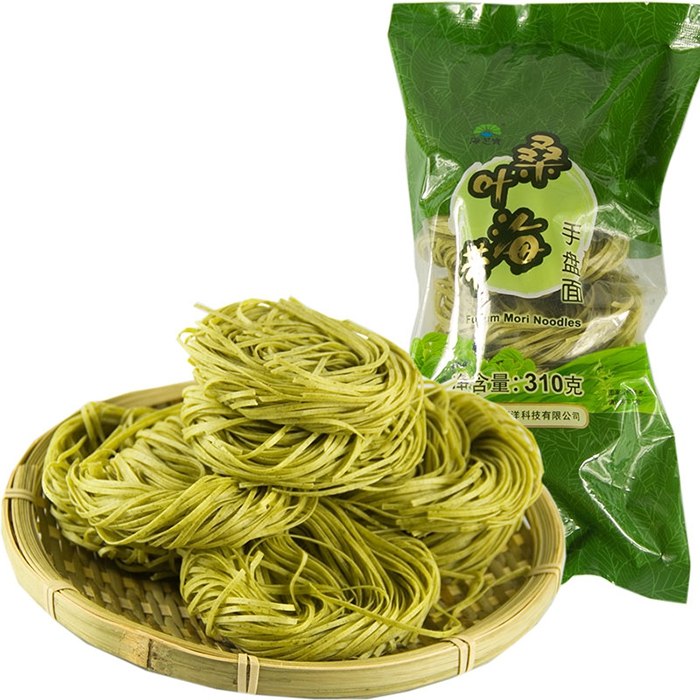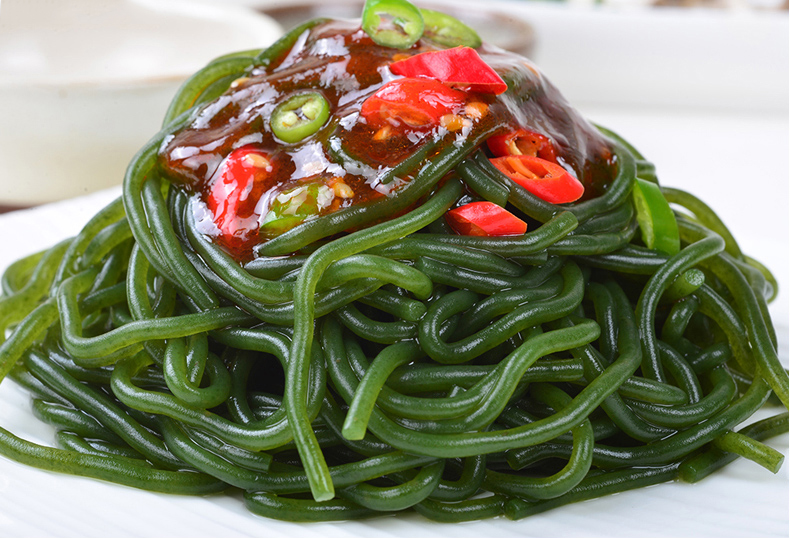Correct understanding and use of copper preparations
Copper pesticides have good preventive and control effects on common fungal and bacterial diseases, and they are widely used in the production of facilities. However, if used improperly, they may cause injury to medicines or increase the severity of the damage. The following describes the range of use and precautions for several common copper preparations.
First, commonly used copper preparations and applications:
1. Copper hydroxide: The trade name has 101 to kill, copper in the crown, clear in the crown, smash, germicide, Ruifu, real bacteria, etc. The original drug is blue powder, which is protective broad spectrum. Fungicide, dosage form 77% wettable powder. Applicable to melon, fruit, vegetables and other major fungi and bacterial diseases. After the preparation, the liquid is stable and has good diffusion performance. After spraying, strong adhesion, resistance to rain erosion, stable and slow release of copper ions, the general is not easy to produce phytotoxicity of the crop, the bacteria are not easy to produce drug resistance, and can simultaneously cure fungi, bacterial diseases, safer for humans and animals.
Usage: It can prevent true and bacterial diseases of cucumber, tomato, pepper, cowpea, melon, watermelon and other crops. For example, when tomato early blight is applied before or at the beginning of the disease, the spray concentration is 500-700 times, and sprayed every 7 days for 2 or 3 consecutive times. Can treat both late blight, scab, and gray mold. Control of cucumber diseases, anthrax, bacterial leaf spot, pepper anthrax, scab, etc., can be sprayed with 500 to 700 times liquid spray every 6 to 7 days, continuous 3 to 4 times. As a protective bactericide, it is required to use drugs before the disease occurs or at the beginning of the disease, spray once every 7 to 10 days, and continuously use 2-3 times for heavy diseases and the peak period of disease should be sprayed once every 5 to 7 days . Note that it must not be mixed with strong acids, strong alkaline pesticides, and fertilizers. For example, when using other pesticides, it is appropriate to use secondary dilutions. Sensitive crops such as apples and pears are banned at the flowering and young fruit stages.
2. Cuprous oxide: The trade name is copper master and god copper. It is a broad-spectrum inorganic copper bactericide based on protection and has good adhesiveness, and it is resistant to rainwater after forming a protective film. Flowering or young fruit is disabled.
3. Green copper: 12% copper rosin cream. With excellent exhibitionability and adhesiveness, even after raining, it can maintain good control effect. The medicinal liquid forms a bactericidal protective film on the surface of the plant, which can effectively kill fungal and bacterial pathogens, and has a good control effect on ulcer disease, anthrax, and the like.
4.DT fungicide: also known as copper citrate copper acid, copper dibasic acid, is a mixture of copper succinate, copper glutarate and copper adipate, belonging to organic copper fungicide.
5. Scorpion Toxic Copper: Also known as amethyst copper, it is a compound of 10% metalaxyl and 40% copper dicarboxylate (DT). It has two functions of internal absorption and external protection. The prevention and cure of anthrax in the early stage of disease use 50% of the poisonous copper 500 to 600 times liquid spray, once every 10 days, even spray 2 or 3 times.
6. Double effect Ling: It is a mixed amino acid copper complex fungicide, containing about 17 kinds of amino acid copper, has a certain effect of fertilizer and nutrition, commonly used in the prevention and treatment of anthrax diseases.
7. Basic copper sulphate suspending agent: also known as green depot, plastic hanging copper, is made of basic copper sulfate added release agent, adhesive and dispersant made. Compared with basic alkaline copper sulfate, it is not easy to produce phytotoxicity. It is generally sprayed with 30% suspension 400 to 500 times at the beginning of the disease. Can be used interchangeably with therapeutically-active bactericides.
8. Chloroxychloro copper: also known as Garrinone, fungal diseases such as leaf spot, anthracnose, powdery mildew, early blight, and downy mildew in various crops, and keratopathies and soft rot caused by bacteria. And ulcer disease have a better control effect.
Second, the use of copper preparation pesticide precautions
Copper preparations have good bactericidal effect, wide bactericidal spectrum, and low control cost. However, the following aspects should be taken into account in the use process:
1. Copper-sensitive fruit trees such as peaches, plums, and persimmon should be used with caution. Control peach and plum flow gum disease use 12% copper rosinate 800 times.
2. Copper preparations are forbidden during flowering and cuprous oxide cannot be sprayed during the young fruit period.
3. Use with caution during the high temperature period. In the summer high temperature period, it is relatively safe to select the imported crown bacterium and copper rosinate. At the same time, the dilution times should be increased in the high temperature season, and 1200-1500 times is appropriate.
4. It is best to use it alone. In general, copper preparations cannot be mixed with other pesticides and trace fertilizers, and they are best used alone. In particular, it should be emphasized that copper preparations cannot be used in combination with foliar fertilizers containing metal ions (eg, potassium dihydrogen phosphate, compound amino acids, etc.), otherwise complexes are caused to cause shoot damage and rind injury. However, organic copper can be mixed, but it needs to be used now.
5. In the actual application process should also pay attention: (1) should be used before the appearance of bacterial or fungal diseases. (2) The pH of the pesticide should be adjusted to above 6 when used. (3) Spray the leaves and fruits of the plants evenly. (4) The drug efficacy will decrease with the growth of the plants, and there will also be reductions in the wet season, so it should be repeated when appropriate.
Kelp noodle is a miracle creature of seaweed industry. It is made of 100% kelp without adding any flour.
It looks like noodles, but taste as vegetables. It make people full but antifat.
It is the most favorite choice of people with hypertension, hyperlipemia, hyperglycemia.
We have 2 types of Kelp noodle. One is [Need to cook", Another is [Ready to Eat"




Dried Kelp Noodles,Kelp Noodles,Kelp In Ramen,Sea Kelp Noodles
Shandong Haizhibao Ocean Science and Technology Co.,Ltd. , https://www.haizhibaoseafood.com